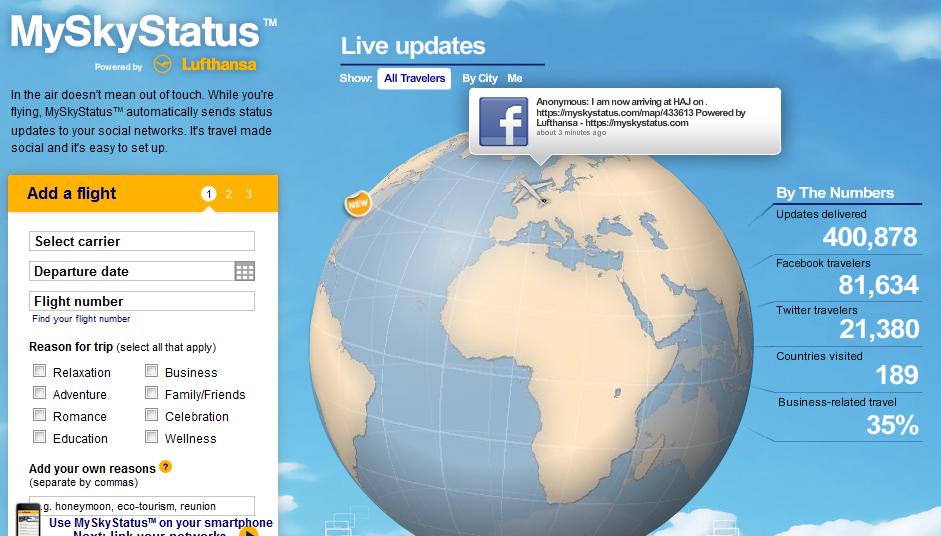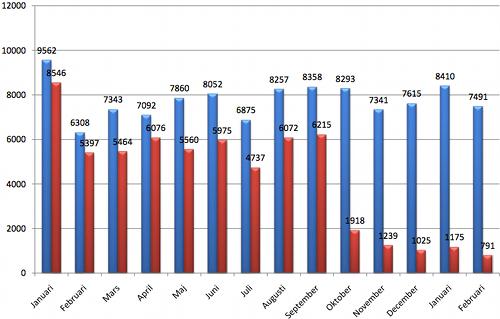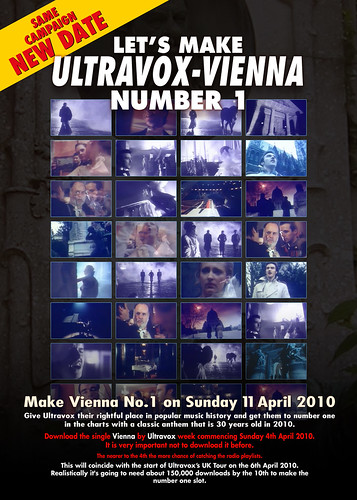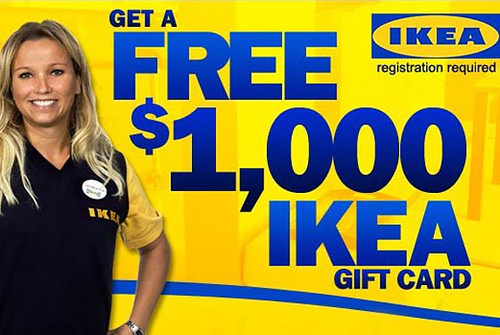The travel industry is turning to social media in order to build relations with customers and to promote its services. During the eruption of the Icelandic volcano in April, airlines, airports and travel agencies successfully used social media to communicate with travellers. Twitter was one of the channels that many used to update customers about delays and cancelled flights. Companies that tweeted actively quickly gained a large number of new followers, as seen in the presentation below, which would indicate that customers find it useful to follow companies on Twitter.
Another great social media case from the travel industry is the Twitter application by Lufthansa, called MySkyStatus. The site lets users automatically share flight information via Twitter, Facebook or LinkedIn, while in the air. The site is now open for travellers on all major airlines and everytime someone uses MySkyStatus they are greeted by the message “Powered by Lufthansa”. It’s a great way to add value to travellers and at the same time expose the brand to thousands of potential customers. To date, the site has distributed more than 400,000 status updates (81,000 on Facebook and 21,000 on Twitter).
Yet another example, soon to launch, is Topguest.com, a site that rewards travellers that frequently check in on hotels and other places using location based services such as Foursquare or Gowalla. According to USA Today and CNET, Topguest has launched a preview version that includes a co-operation with hotel chain Standard. Guests that check in using Topguest get a discount:
- Social-media addicts who check into each of Standard’s four hotels in New York, Miami and Los Angeles in the span of one week will earn a free week at any one of the hotels.
- You could also check in to Standard establishments – whether restaurants, bars, shops or the hotel spa – 10 times and receive 25% off your reservation.
The Swedish travel agencies Ving and Fritidsresor are actively answering questions from customers on their Facebook pages and they use Twitter to distribute promotions. There are many other good cases from the travel industry, which seems to be one of the industries that are most actively embracing social media. Other companies take note.





